Abstract
The pathway of oxidation of picolinamide (pyridine-2-carboxamide) by a Gram-negative rod has been elucidated. Under conditions of high pH, restricted aeration and high substrate concentration, whole cells released 2,5-dihydroxypyridine into culture supernatants. Sodium arsenite at 5mm caused whole cells to accumulate 6-hydroxypicolinate, and, at 1mm, pyruvate, in culture media. Whole cells oxidized picolinamide, picolinate, 6-hydroxypicolinate, maleamate and maleate without lag. Cell-free extracts converted picolinamide into picolinate, and hydroxylated picolinate to 6-hydroxypicolinate. The hydroxylase was particulate, but could be solubilized by ultrasonic treatment; it required NAD+ for activity, and did not require molecular oxygen. 2,5-Dihydroxypyridine was converted into maleamate and formate by an oxygenase requiring GSH and Fe2+. Maleamate was deamidated to maleate, and maleate isomerized to fumarate, by unsupplemented extracts.
Full text
PDF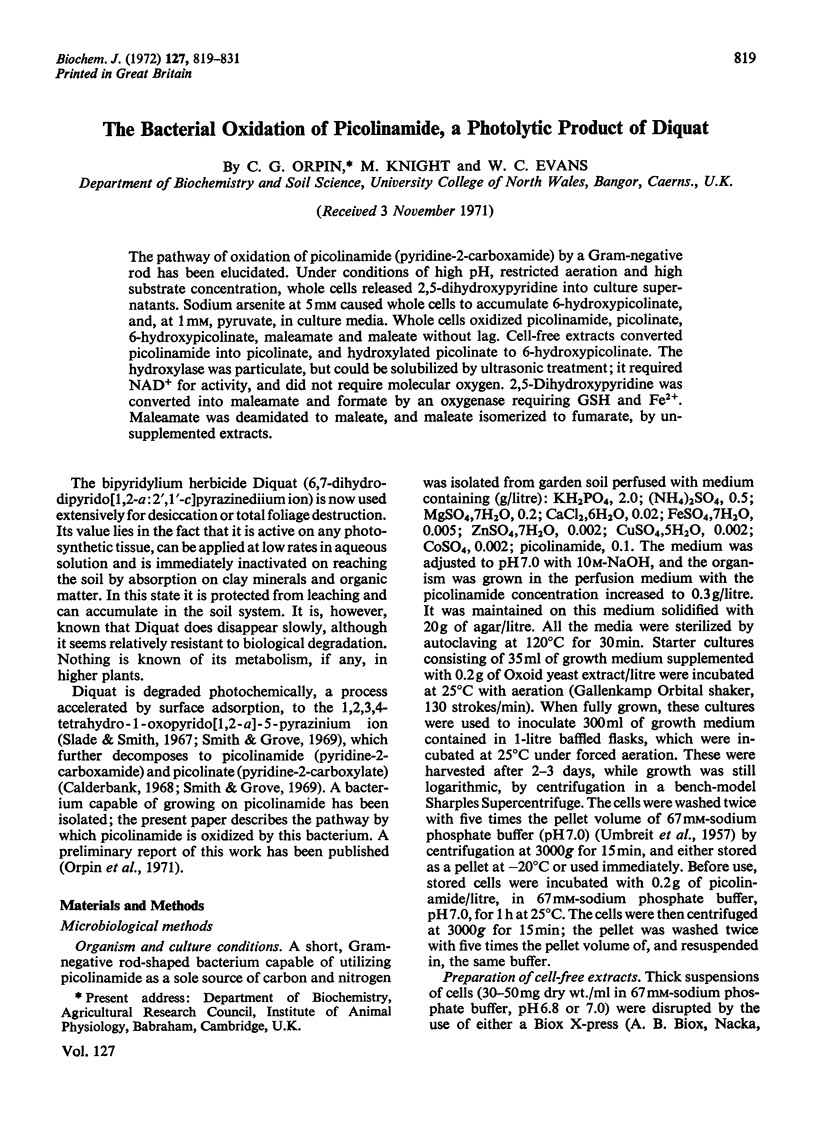
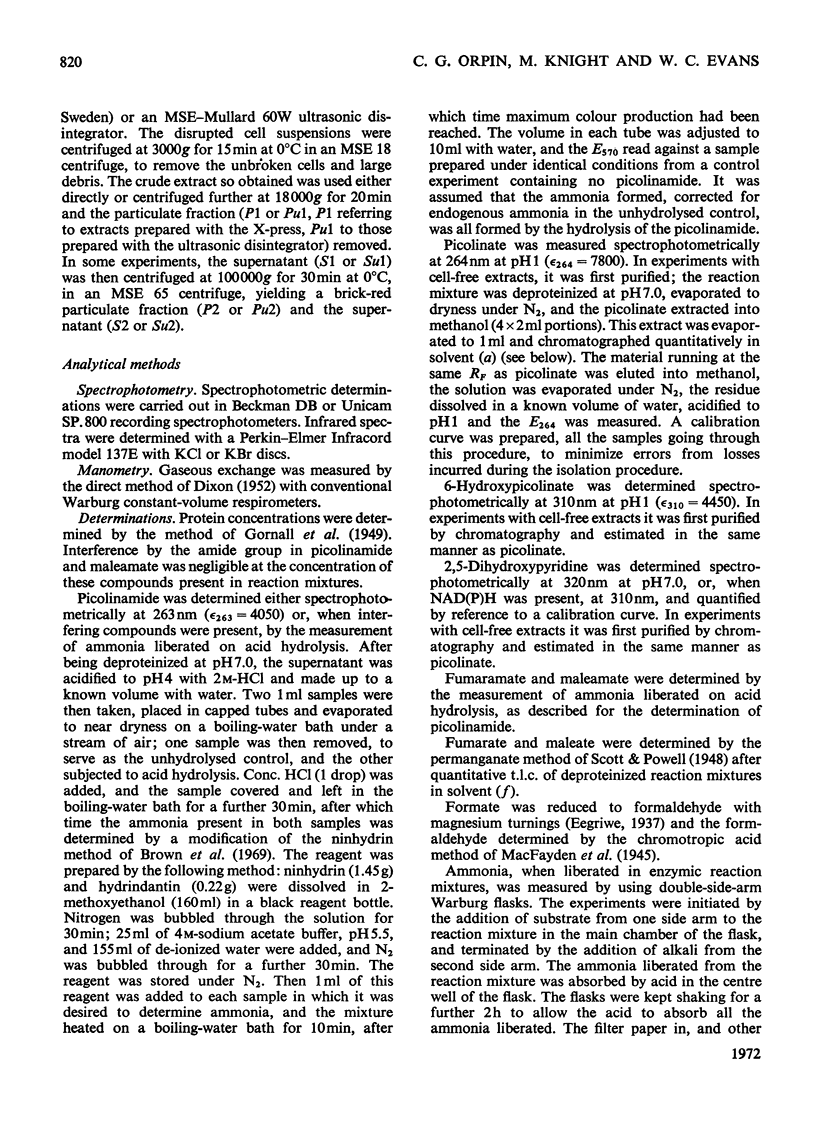
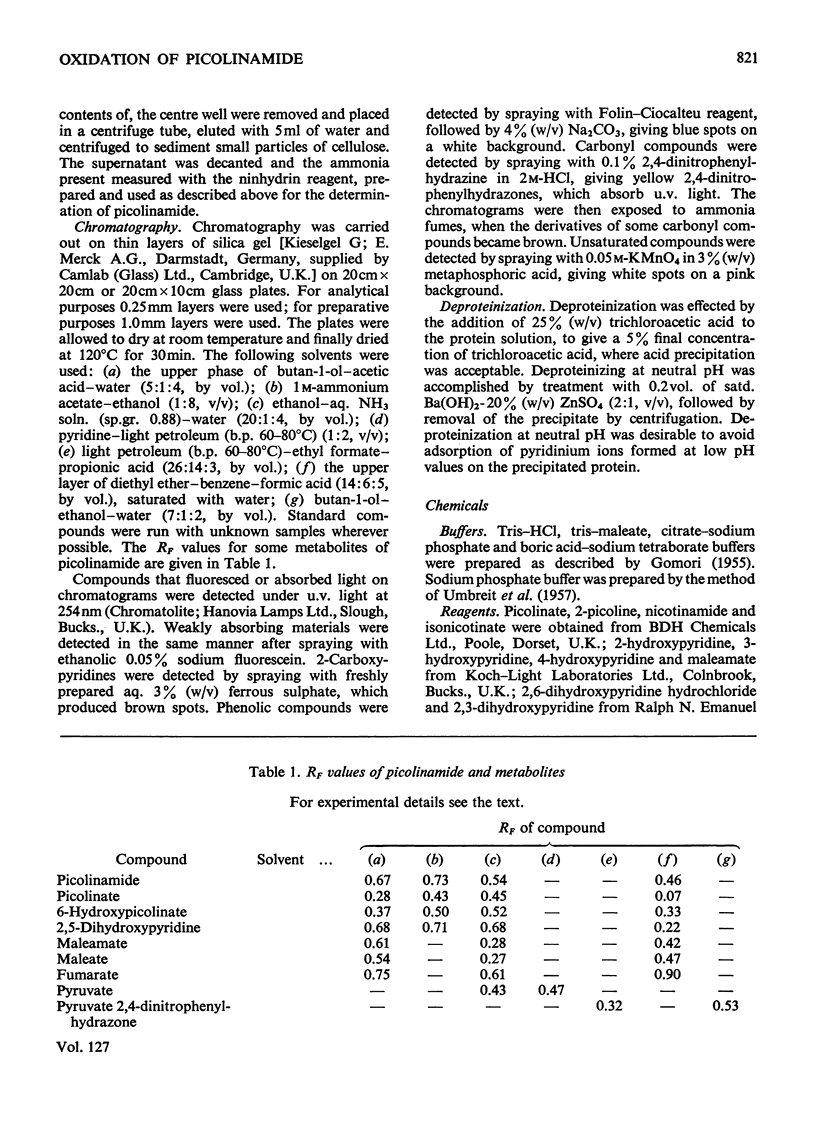
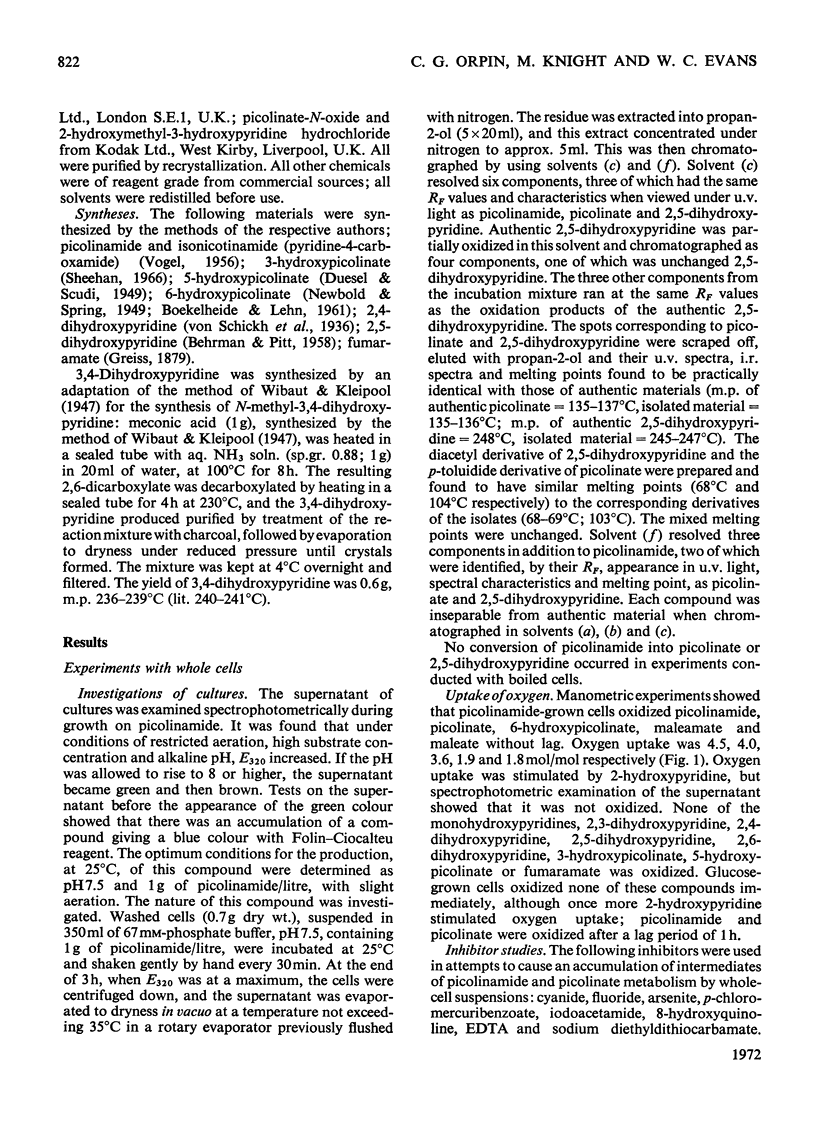
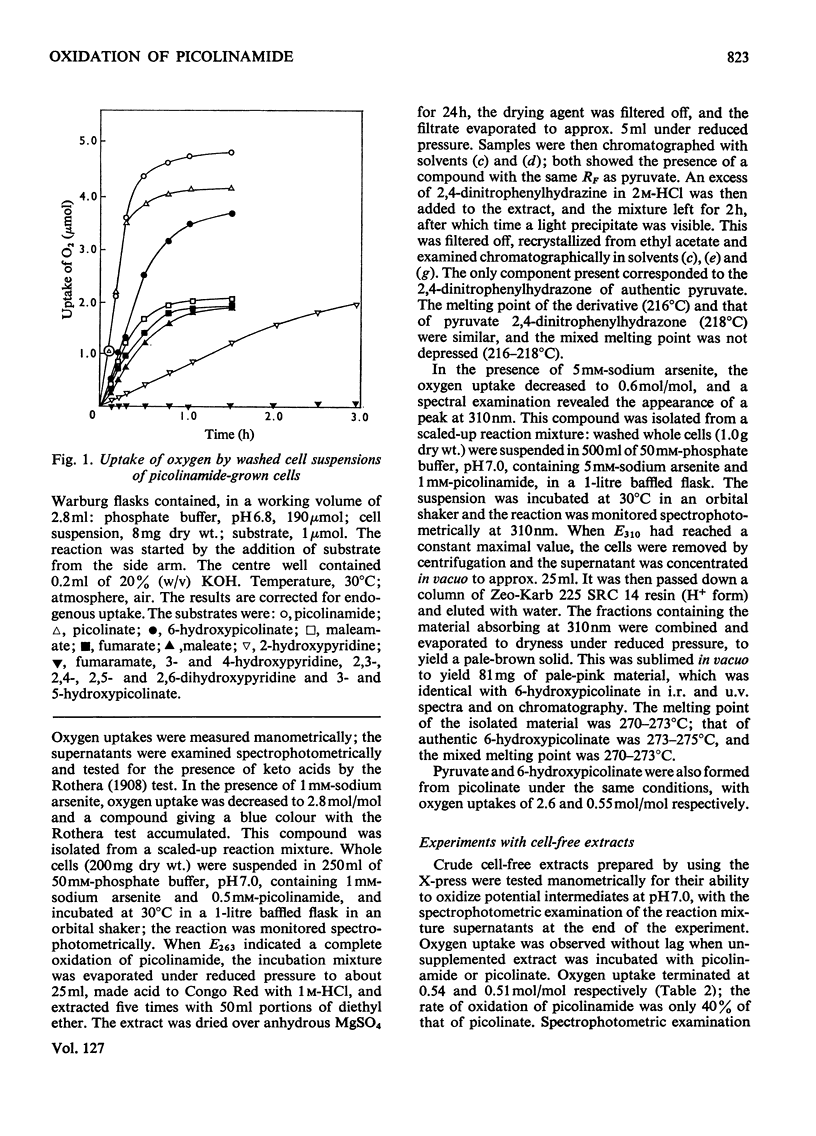
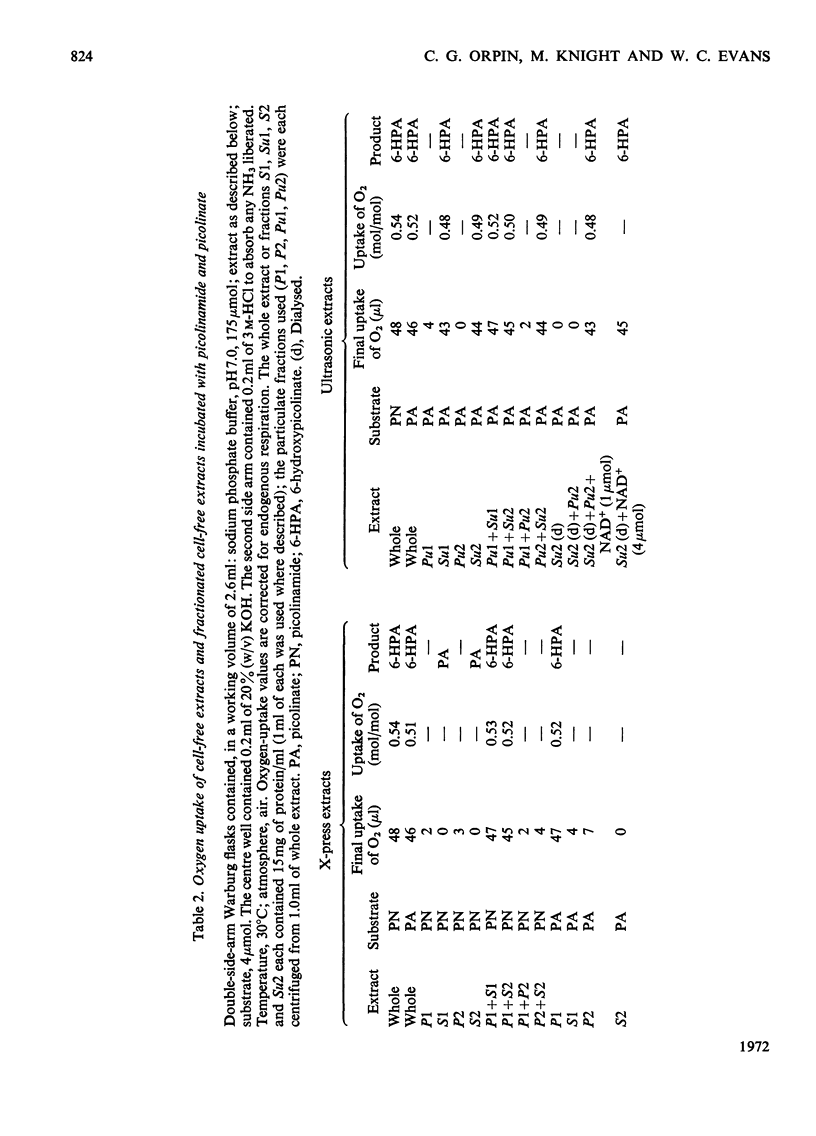
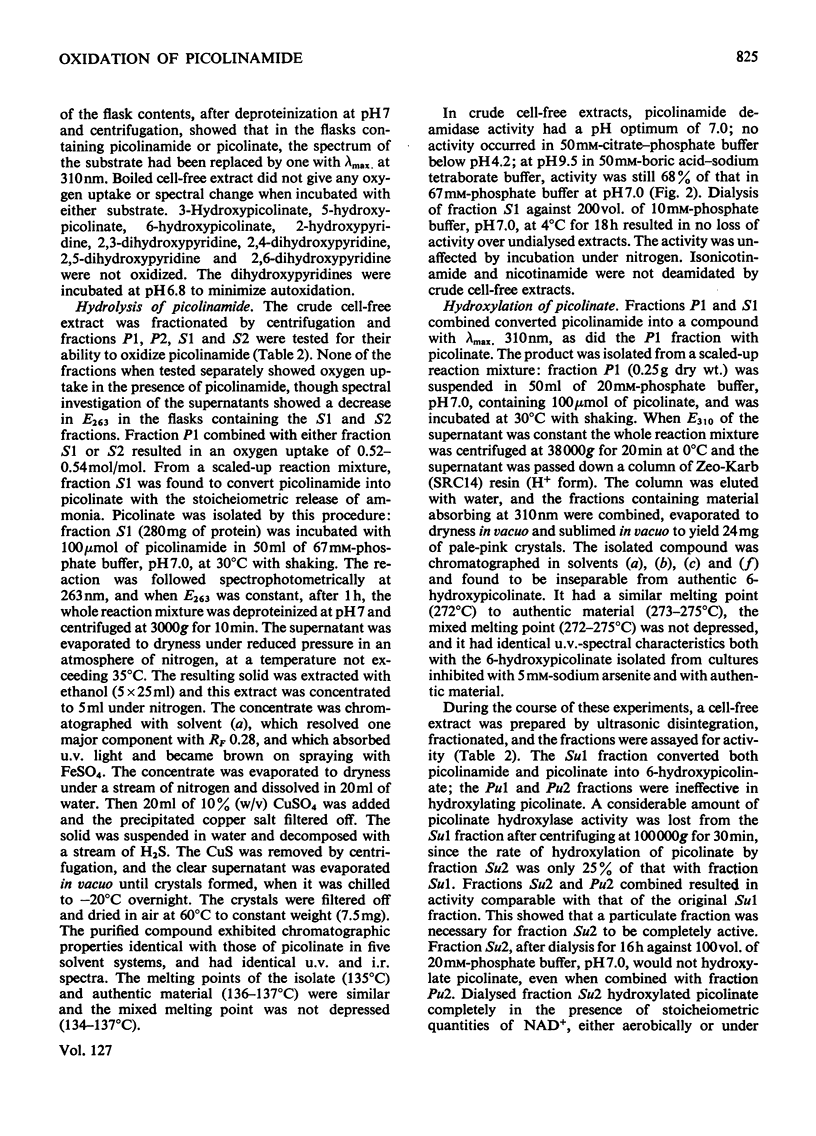
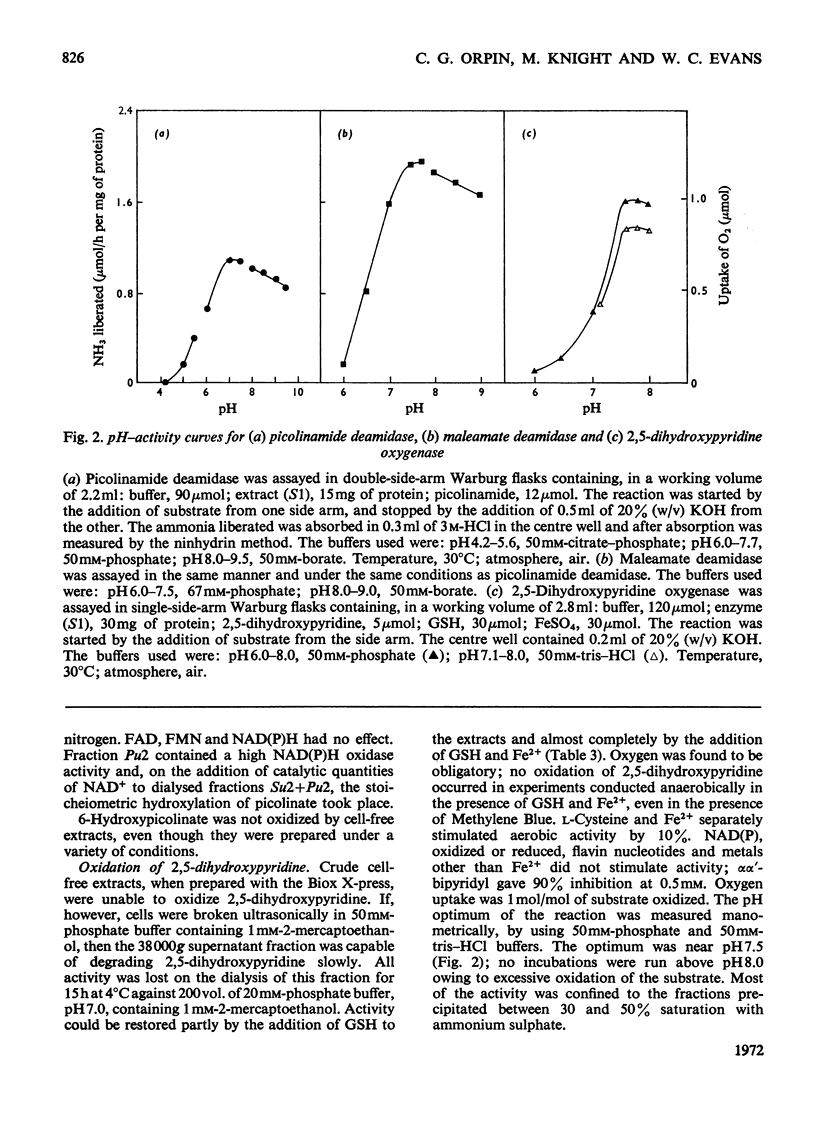
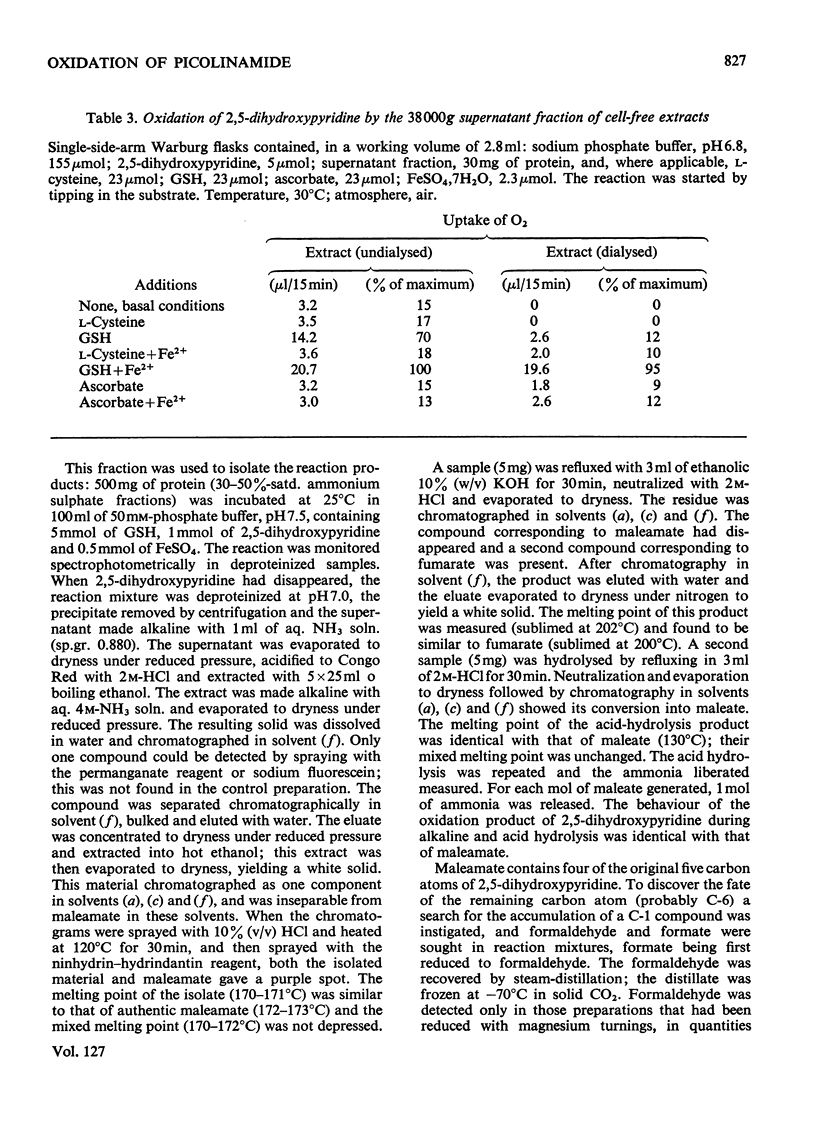
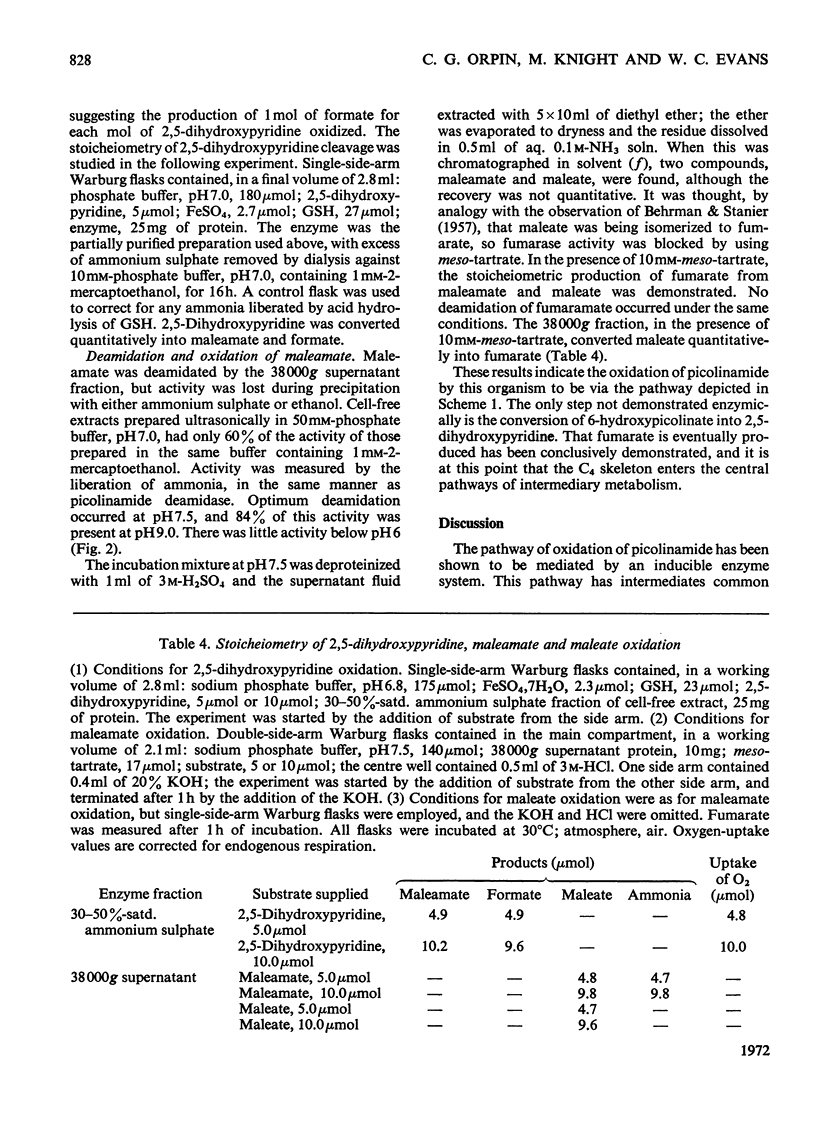
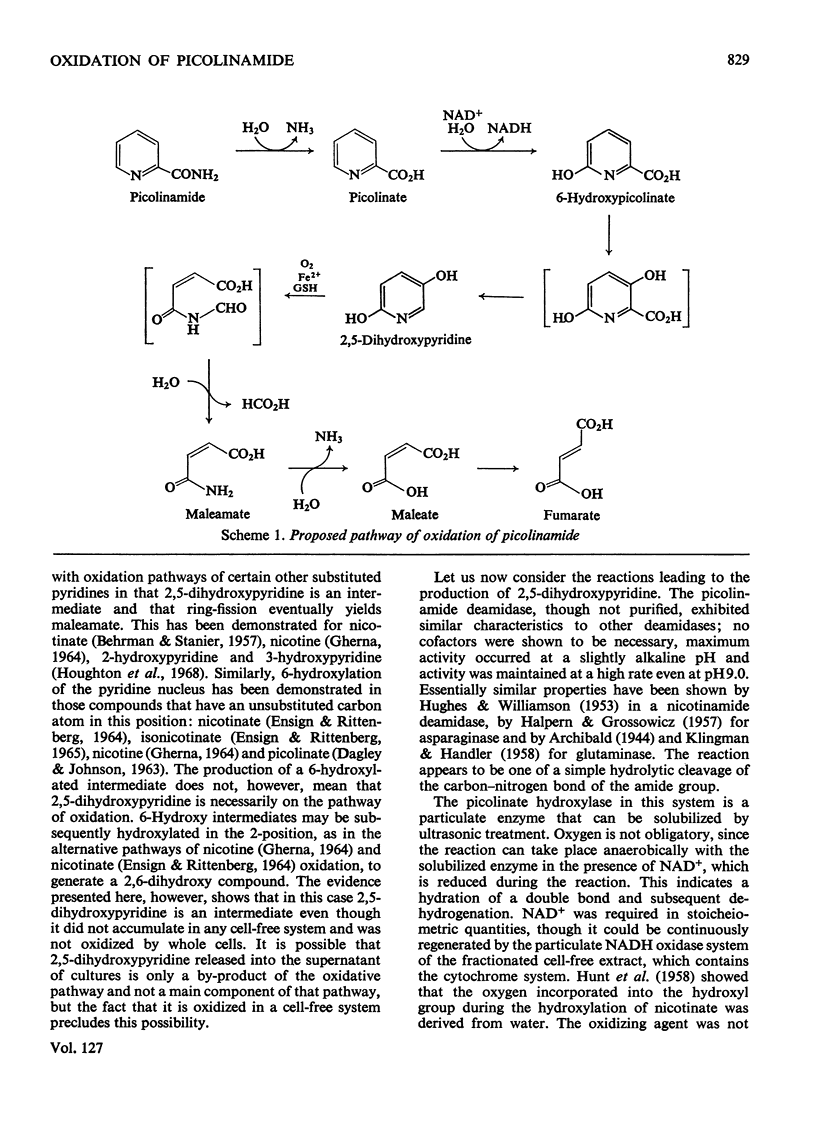
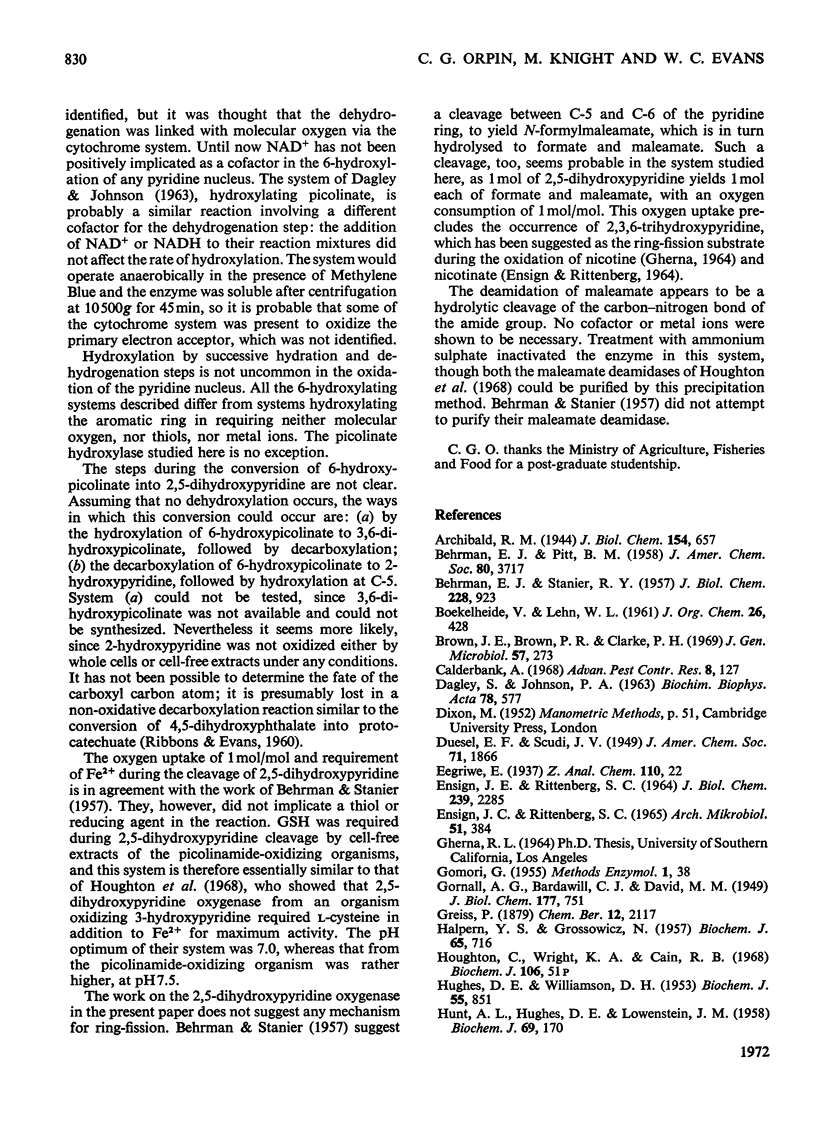
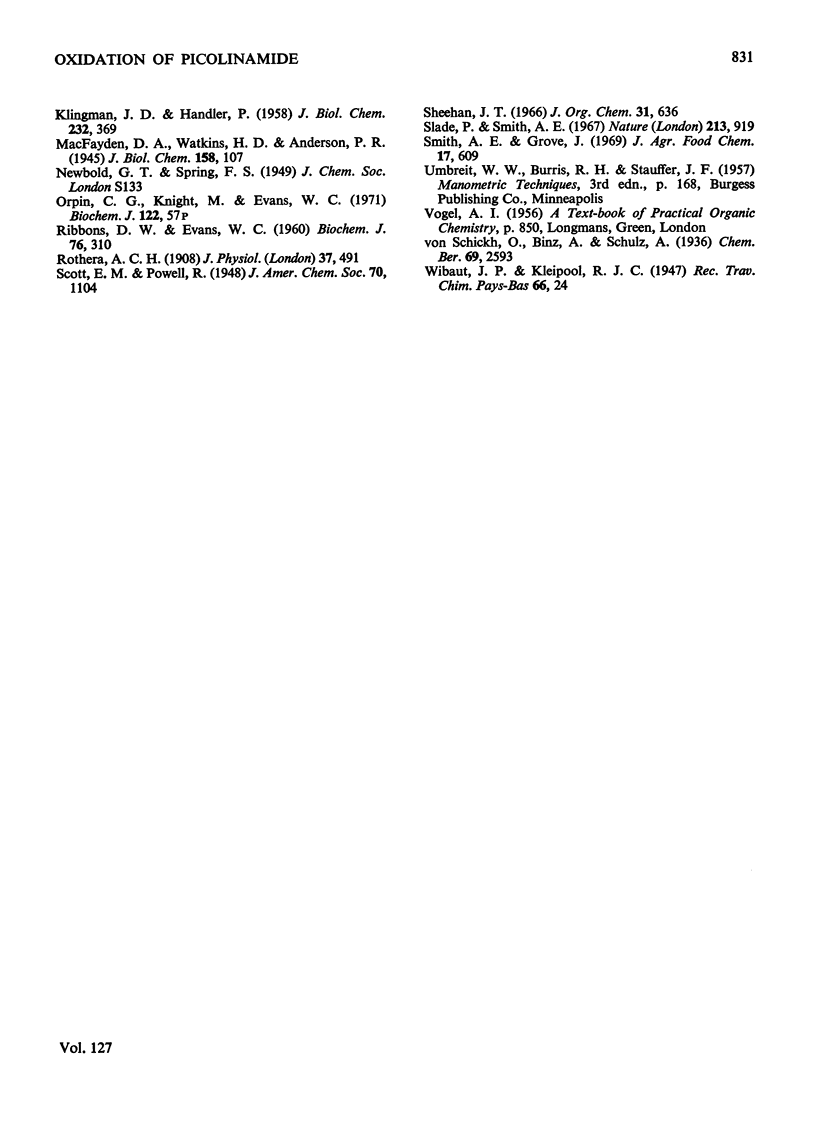
Selected References
These references are in PubMed. This may not be the complete list of references from this article.
- BEHRMAN E. J., STANIER R. Y. The bacterial oxidation of nicotinic acid. J Biol Chem. 1957 Oct;228(2):923–945. [PubMed] [Google Scholar]
- Brown J. E., Brown P. R., Clarke P. H. Butyramide-utilizing mutants of Pseudomonas aeruginosa 8602 which produce an amidase with altered substrate specificity. J Gen Microbiol. 1969 Aug;57(2):273–285. doi: 10.1099/00221287-57-2-273. [DOI] [PubMed] [Google Scholar]
- Calderbank A. The bipyridylium herbicides. Adv Pest Control Res. 1968;8:127–235. [PubMed] [Google Scholar]
- DAGLEY S., JOHNSON P. A. MICROBIAL OXIDATION OF KYNURENIC, XANTHURENIC AND PICOLINIC ACIDS. Biochim Biophys Acta. 1963 Dec 13;78:577–587. doi: 10.1016/0006-3002(63)91023-0. [DOI] [PubMed] [Google Scholar]
- ENSIGN J. C., RITTENBERG S. C. THE PATHWAY OF NICOTINIC ACID OXIDATION BY A BACILLUS SPECIES. J Biol Chem. 1964 Jul;239:2285–2291. [PubMed] [Google Scholar]
- Ensign J. C., Rittenberg S. C. The formation of a blue pigment in the bacterial oxidation of isonicotinic acid. Arch Mikrobiol. 1965 Aug 17;51(4):384–392. doi: 10.1007/BF00408919. [DOI] [PubMed] [Google Scholar]
- HALPERN Y. S., GROSSOWICZ N. Hydrolysis of amides by extracts from Mycobacteria. Biochem J. 1957 Apr;65(4):716–720. doi: 10.1042/bj0650716. [DOI] [PMC free article] [PubMed] [Google Scholar]
- HUGHES D. E., WILLIAMSON D. H. The deamidation of nicotinamide by bacteria. Biochem J. 1953 Dec;55(5):851–856. doi: 10.1042/bj0550851. [DOI] [PMC free article] [PubMed] [Google Scholar]
- HUNT A. L., HUGHES D. E., LOWENSTEIN J. M. The hydroxylation of nicotinic acid by Pseudomonas fluorescens. Biochem J. 1958 Jun;69(2):170–173. doi: 10.1042/bj0690170. [DOI] [PMC free article] [PubMed] [Google Scholar]
- KLINGMAN J. D., HANDLER P. Partial purification and properties of renal glutaminase. J Biol Chem. 1958 May;232(1):369–380. [PubMed] [Google Scholar]
- Ribbons D. W., Evans W. C. Oxidative metabolism of phthalic acid by soil pseudomonads. Biochem J. 1960 Aug;76(2):310–318. doi: 10.1042/bj0760310. [DOI] [PMC free article] [PubMed] [Google Scholar]
- Rothera A. C. Note on the sodium nitro-prusside reaction for acetone. J Physiol. 1908 Dec 15;37(5-6):491–494. doi: 10.1113/jphysiol.1908.sp001285. [DOI] [PMC free article] [PubMed] [Google Scholar]
- Sheehan J. T. 3-hydroxypicolinic acid and some of its derivatives. J Org Chem. 1966 Feb;31(2):636–637. doi: 10.1021/jo01340a533. [DOI] [PubMed] [Google Scholar]


